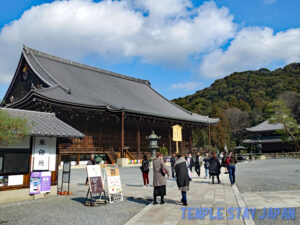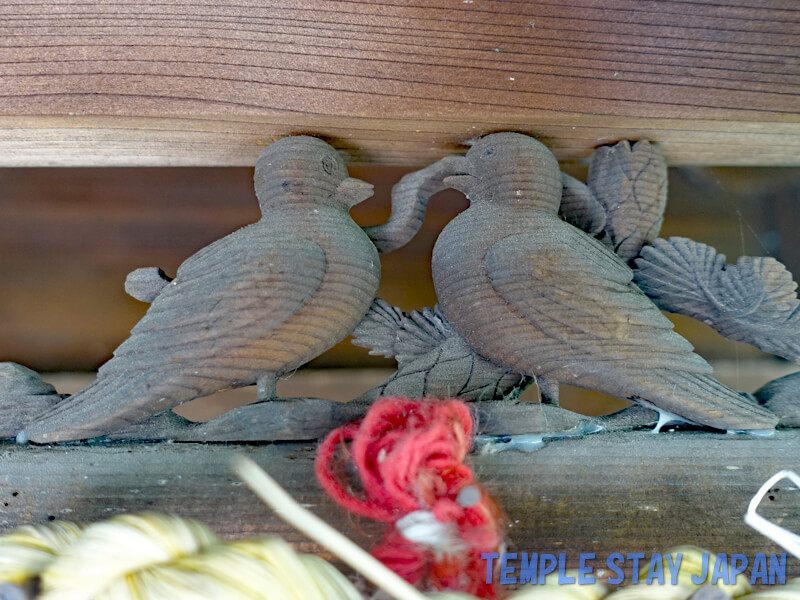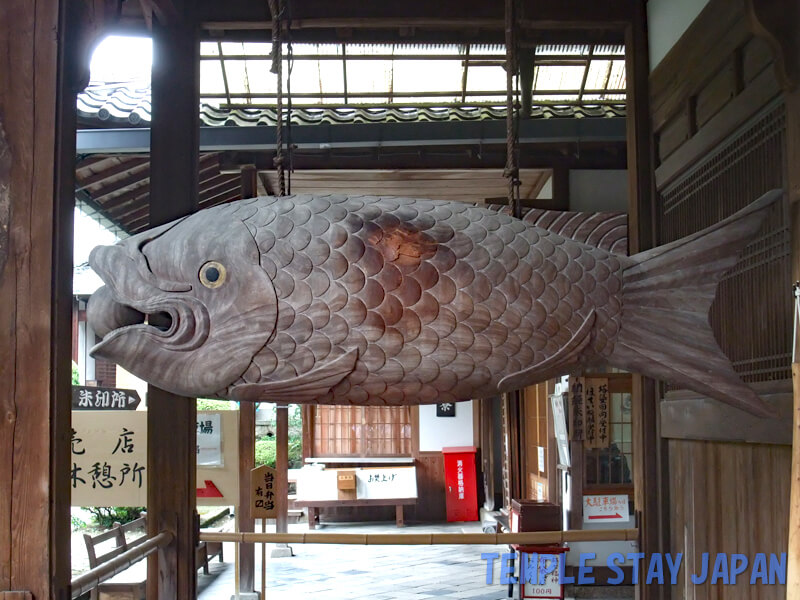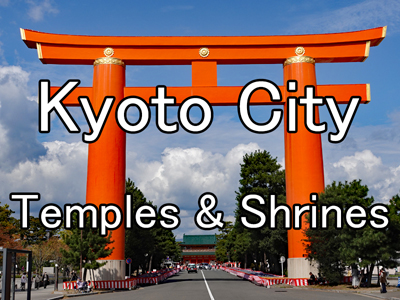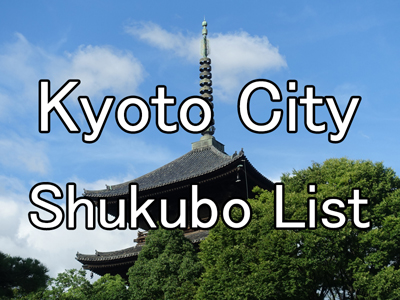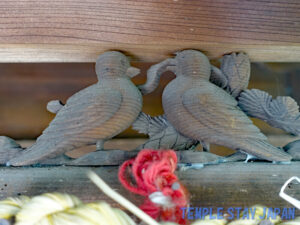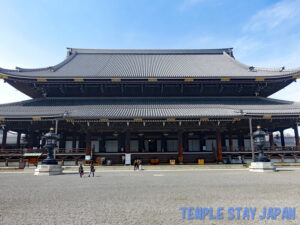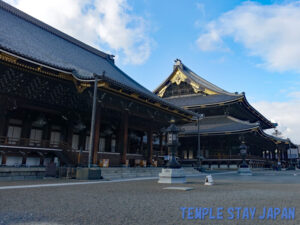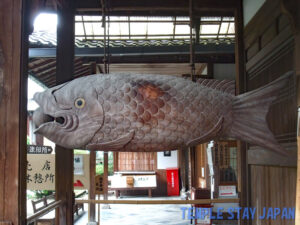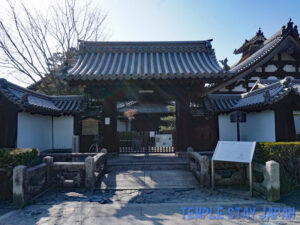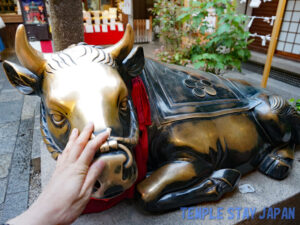Kyoto’s shrines and temples are home to statues and paintings of a variety of animals, including dogs, cats, monkeys, and rabbits. These are either related to gods or Buddhas or based on legends.
Here we will introduce recommended shrines and temples for each type of animal.
Animal shrines and temples in Kyoto
Dog : Sokujoin Temple
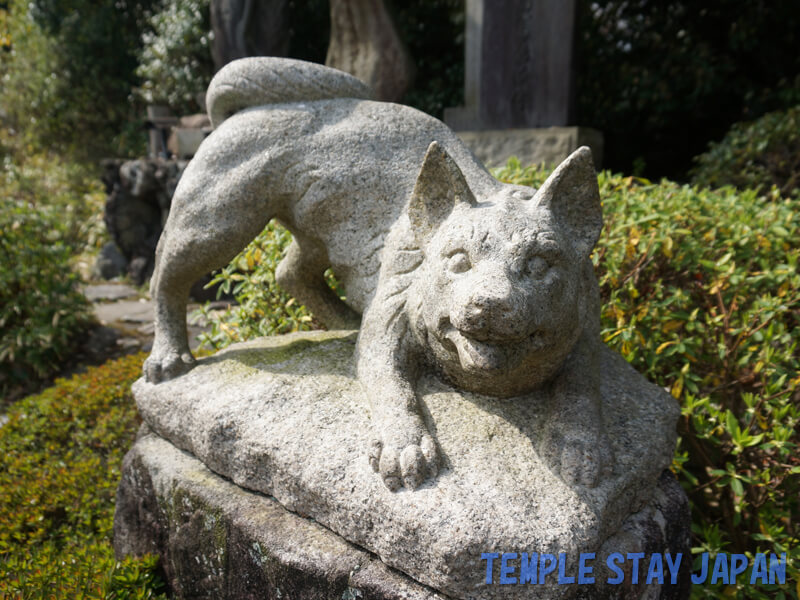
When Kukai was searching for a place to build a temple, two dogs, one white and one black, appeared and guided him. The place he arrived at was Mount Koya.
Based on this legend, there are statues of Kukai and two dogs at Sokujoin Temple. One is lying down a little and the other is sitting. It’s a very cute look.
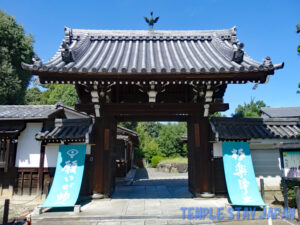
Cat : Shonenji Temple
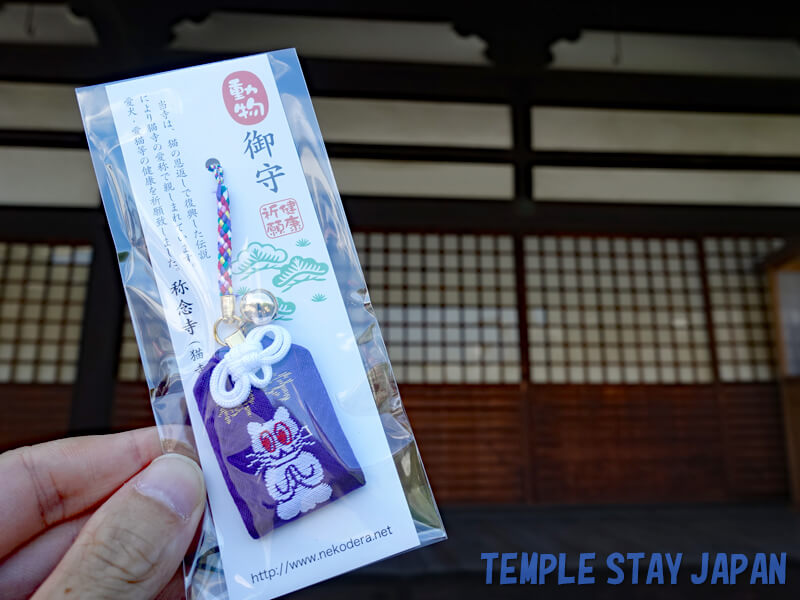
Shonenji Temple is known as the cat temple.
Long ago, when the temple had fallen into disrepair, the cat kept by the head priest brought the temple into contact with the lord. And the temple was rebuilt. Since then, this temple has been dedicated to protecting the cat’s spirit.
The pine tree in front of the main hall is said to have been planted to resemble a lying cat. They offer cat charms and are popular among worshippers.
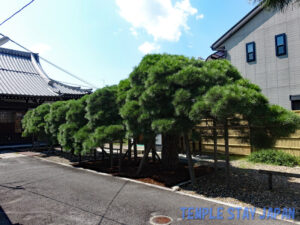
Monkey : Yasaka-Koshindo temple
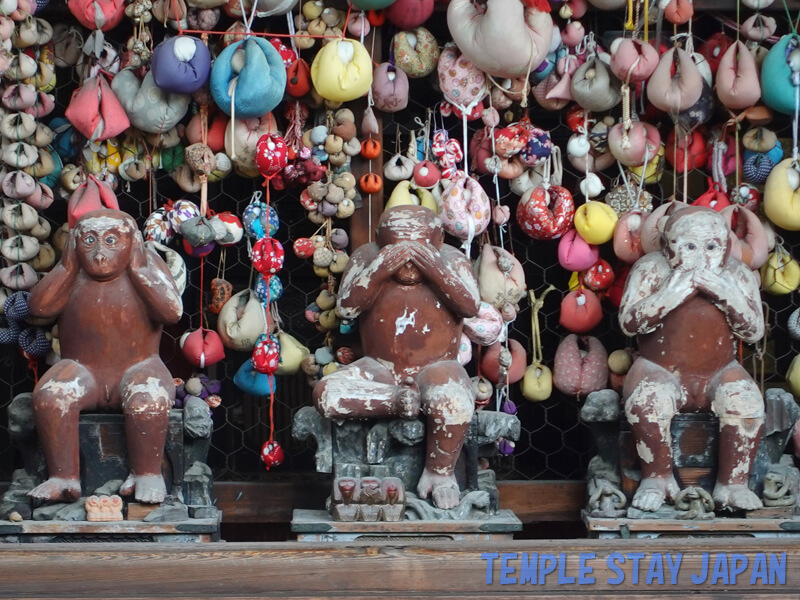
There are three monkeys in the main hall. Each covers their eyes, ears, and mouth. The teaching is not to see, hear, or say anything evil.
The monkey is also a symbol of desire. Behind them are many monkey dolls with their hands and feet tied.
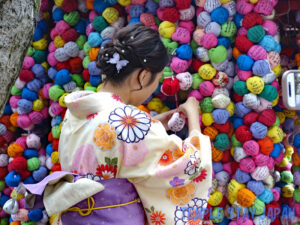
Cattle : Kitano-Tenmangu Shrine
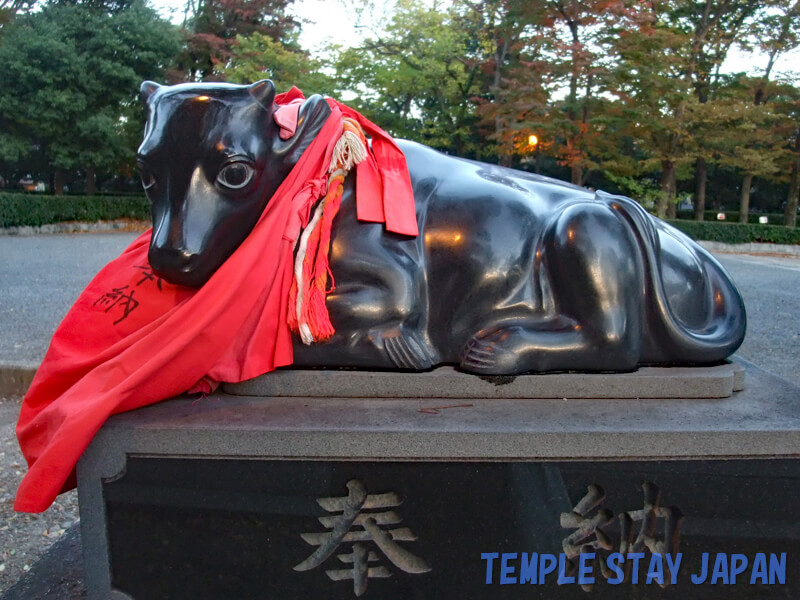
Sugawara no Michizane, who is enshrined at Kitano Tenmangu Shrine, has cattle as his attendants. When he died, his body was transported in an cattle cart and buried wherever it stopped.
If you stroke the same area on your body that is ill, you will be cured of the illness. Stroking the parts of these body that are hurting will help cure your illness.

Horse : Fujinomori-jinja Shrine
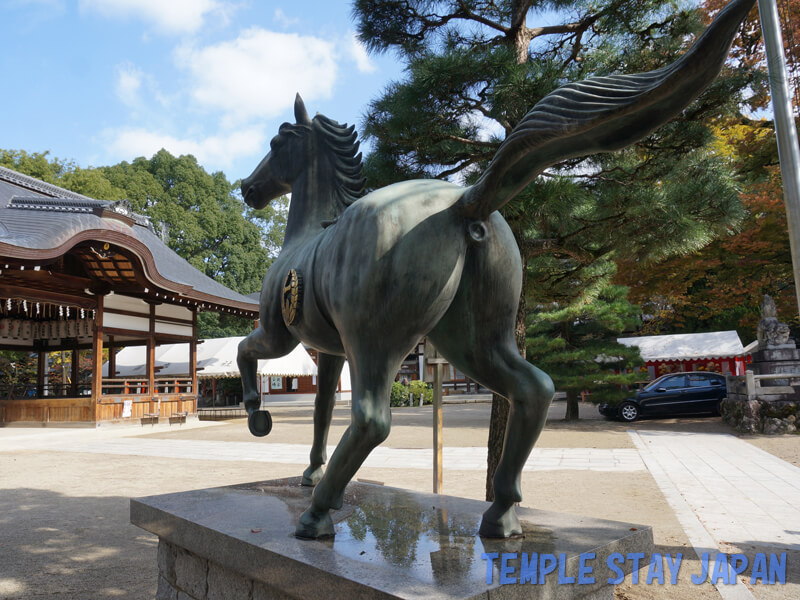
This is a shrine where a horse ritual is held in May. It is visited by horse racing enthusiasts, horse owners, and jockeys.
There is a horse statue in the precincts. There are also many horse charms and votive plaques.
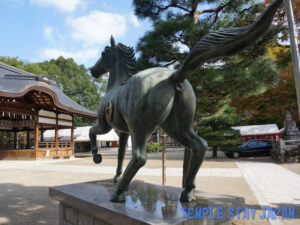
Deer : Hoonin Temple
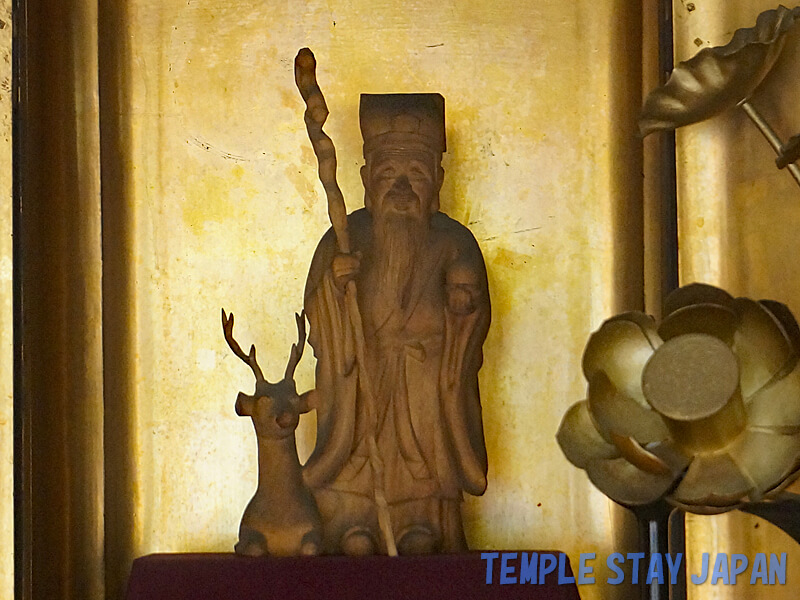
At Hoonin Temple there is a hall where Jurojin is enshrined. This god originates from Taoism. He is accompanied by a deer, which is considered a sacred animal.
There is also a deer statue in the precincts.
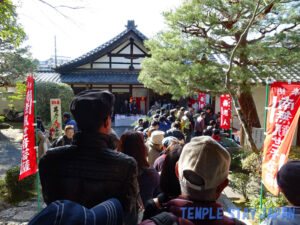
Raccoon dog : Tanukidanisan-Fudoin Temple
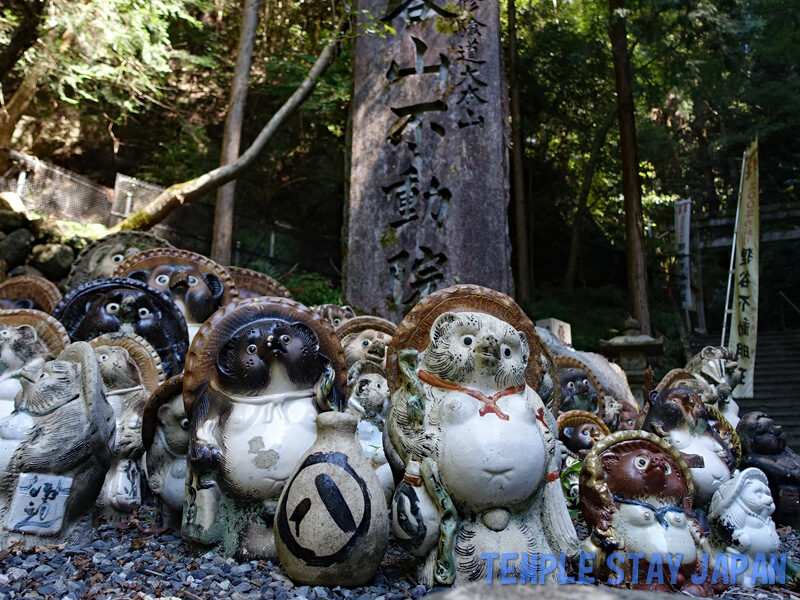
This temple was built in a place called Raccoon dog Valley. There are raccoon dog statues donated by worshippers in the precincts. The number is said to be around 300.
There are also raccoon dog charms and fortune-telling slips available.
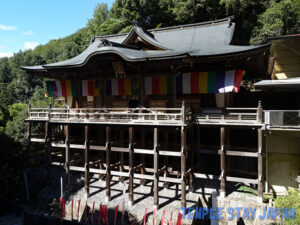
Fox : Fushimi-Inari shrine
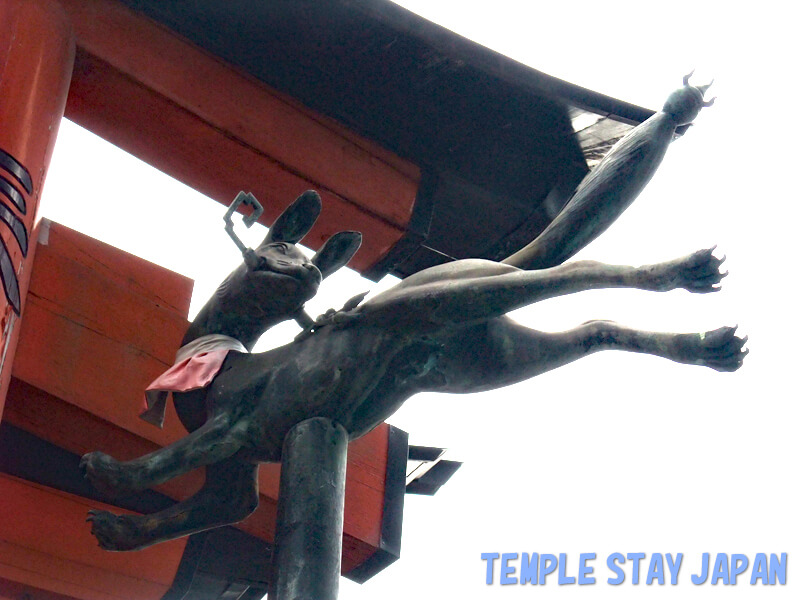
This shrine is famous for the sight of many red torii gates lined up in a row. This god is associated with foxes. There are so many fox statues in the precincts that it’s impossible to count them all.
There are various poses, so it’s fun to walk around looking at them.
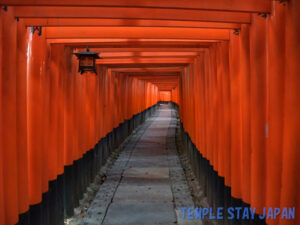
Rabbit : Okazaki-jinja Shrine
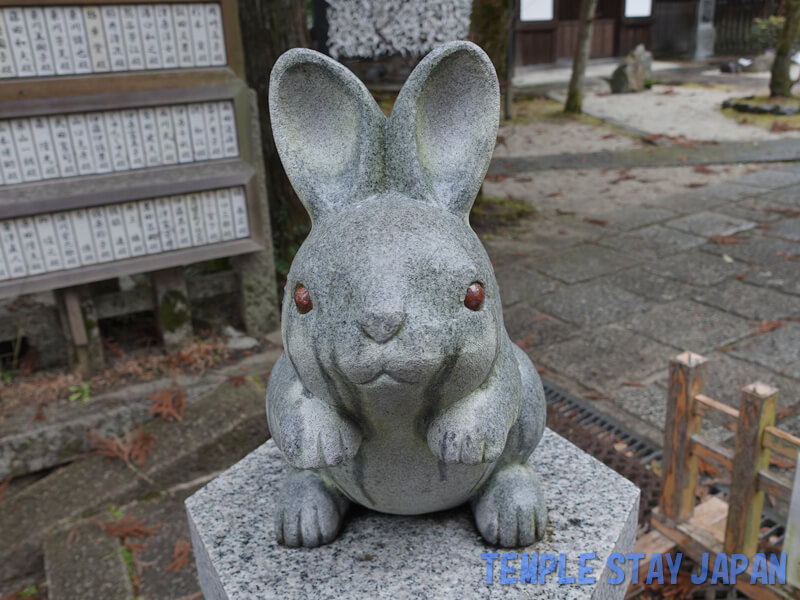
Okazaki-jinja Shrine was built in the direction of the rabbit (east) when Kyoto was constructed. At the time, the area was also a habitat for wild rabbits. For this reason, rabbits are considered messengers of the gods.
Rabbits are prolific, so they are said to bring blessings for safe childbirth. There is also a rabbit statue in the precincts, which is said to bring success in love and financial luck.
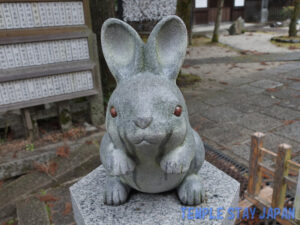
Mouse : Otoyo-jinja Shrine
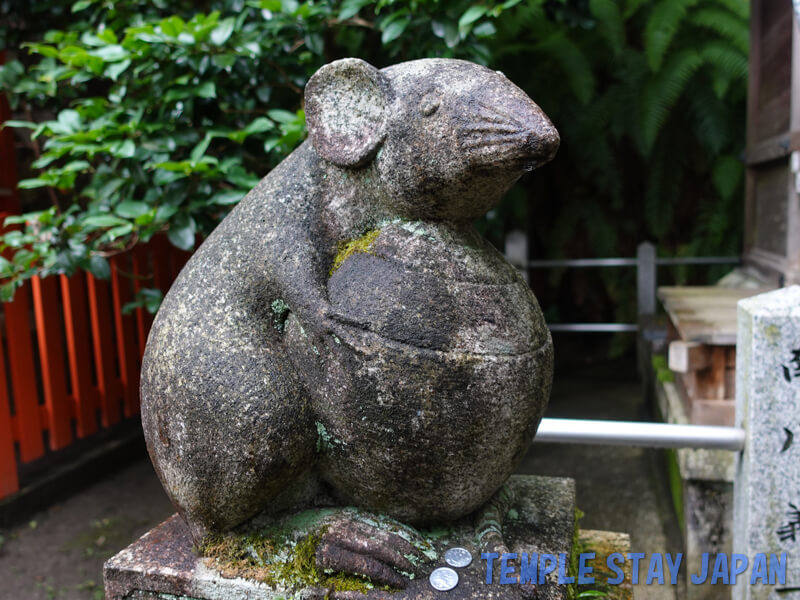
There is a story about the god of Daikokusha Shrine located within the shrine grounds, who was rescued from fire by a mouse.
Two mice are enshrined in front of the shrine. The mouse on the left is holding a ball, and is said to grant good fortune in matchmaking, fertility, safe childbirth, and prosperity. The mouse on the right is holding a scroll and is said to grant academic success.
Tiger : Ryosokuin Temple
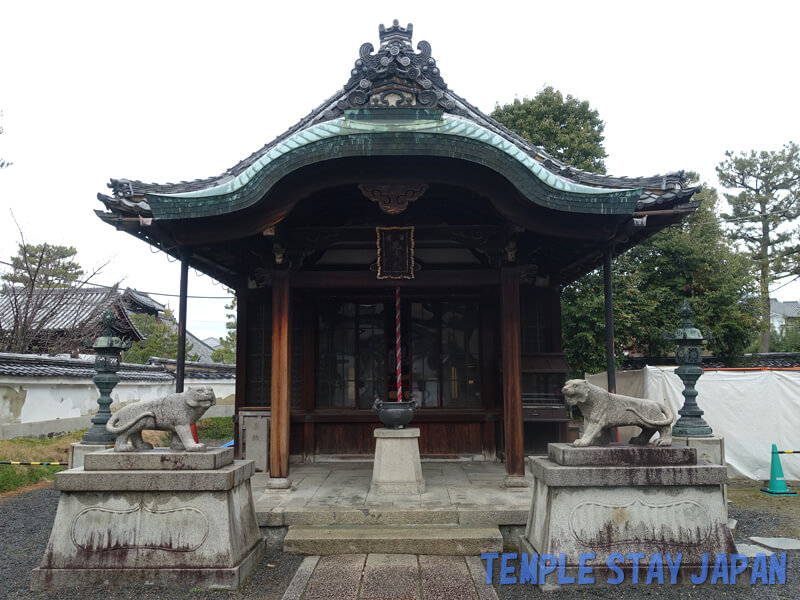
Ryosokuin is a sub-temple of Kenninji Temple. There is a hall dedicated to Bishamonten (Vaisravana) within the grounds. In front of the hall there are two statues of tigers.
Bishamonten is said to have appeared before Prince Shotoku on the year of the tiger, the day of the tiger, and the hour of the tiger. Prince Shotoku was the first person to spread Buddhism in Japan.
Boar : Zenkyoan Temple
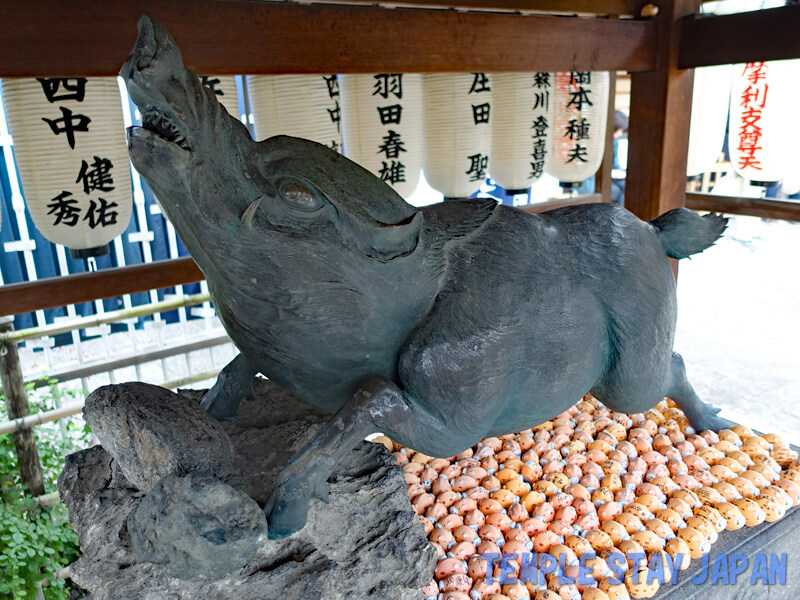
Zenkyoan is a sub-temple of Kenninji Temple. The Marishiten (Marici) enshrined in this temple is depicted riding on seven boars. There are many boar statues in the precincts.
The fortune slip comes in a cute boar figurine. After reading, the boar figures were left as offerings in large numbers in the temple grounds.
Turtle : Toji temple
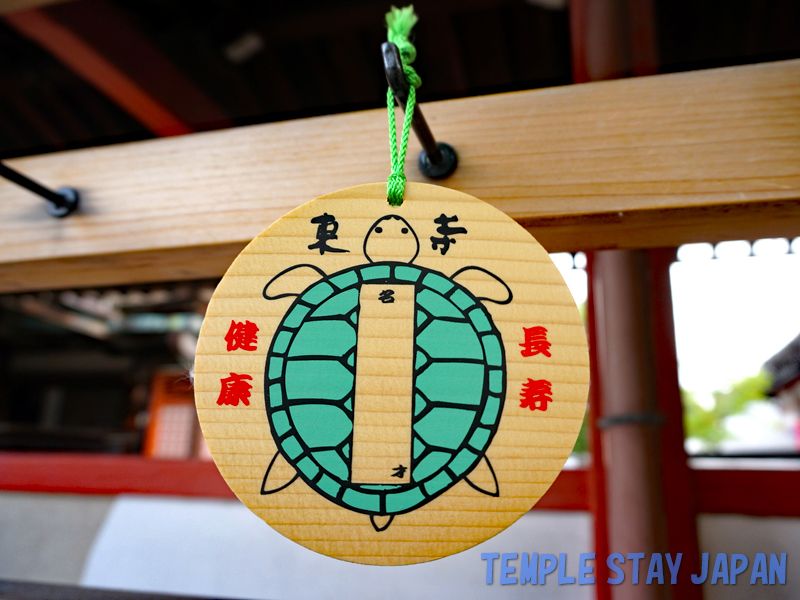
This temple is famous for Japan’s tallest five-story pagoda and its group of national treasure Buddhist statues.
It is said that writing your name on the back of a turtle will bring you good health. Now you can’t write a name on a real turtle. However, votive plaques with pictures of turtles are available for sale. If you write your name here and offer it as an offering, you will receive blessings.
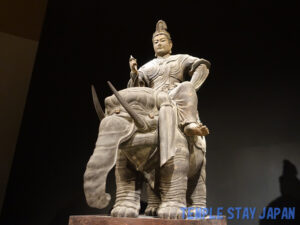
Frog : Kenninji Temple
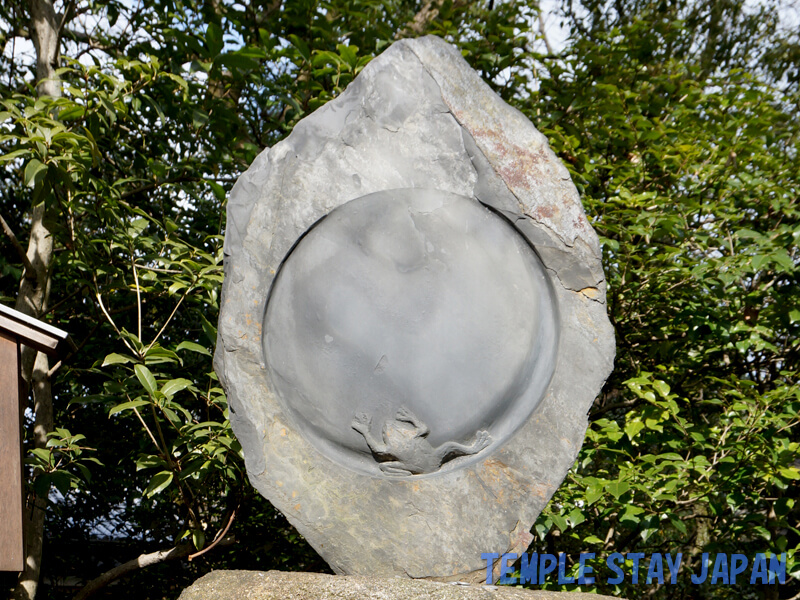
It is the head temple of the Kenninji branch of the Rinzai sect. Within the temple grounds is a large inkstone that was used by the painter Tamura Gessyo. He was the person who painted the sliding doors of Kenninji Temple.
The inkstone is engraved with an image of a frog spreading its legs and moving forward.
Centipede : Shorinji Temple
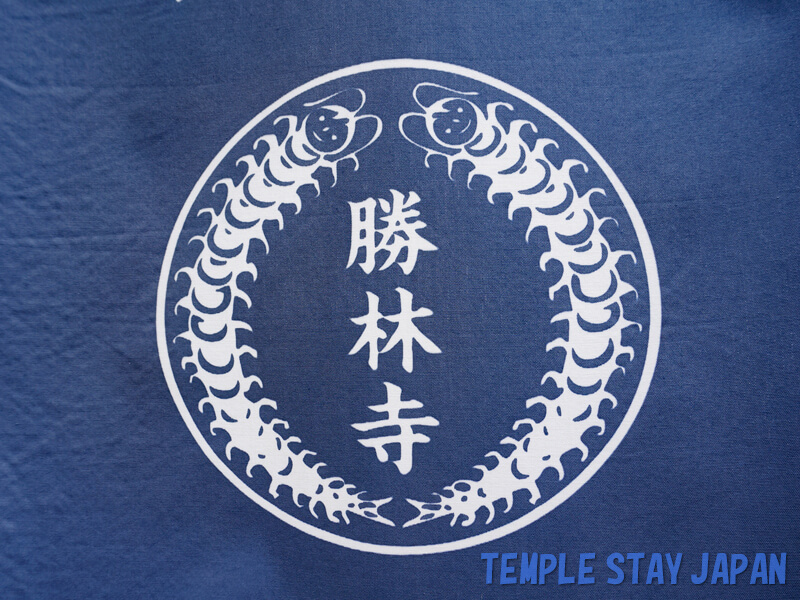
This is a sub-temple of Tofukuji Temple. The temple houses a statue of Bishamonten (Vaisravana) made in the 10th century. Bishamonten has centipedes as his attendants. There are signs and banners with centipedes on them all over the temple grounds.
Centipedes are said to represent victory because they only move forward. It is also said that because it has many legs, it brings good fortune in terms of money.
Cicada : Chionin temple
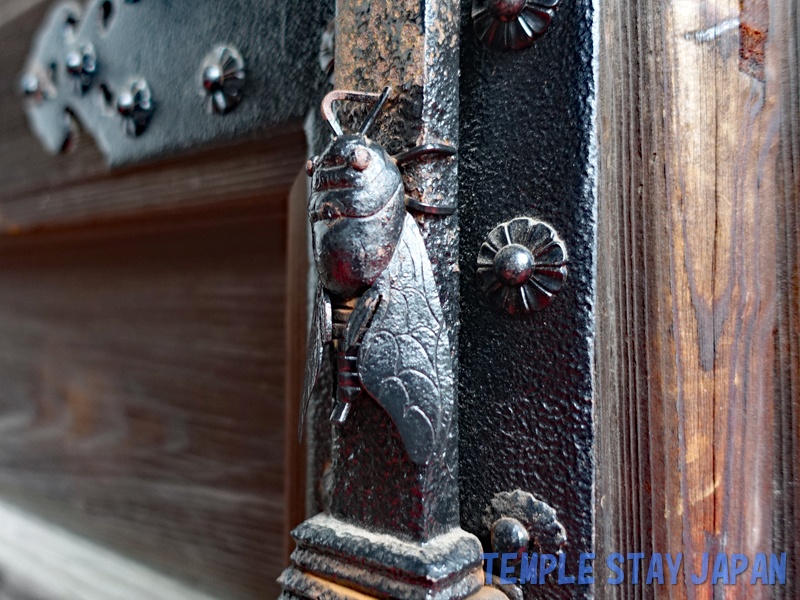
Chionin Temple is the head temple of the Jodo sect. The national treasure Mieido Hall has a cicada decoration on its front door.
It’s easy to pass by without noticing, so be sure to look for it when you visit.
